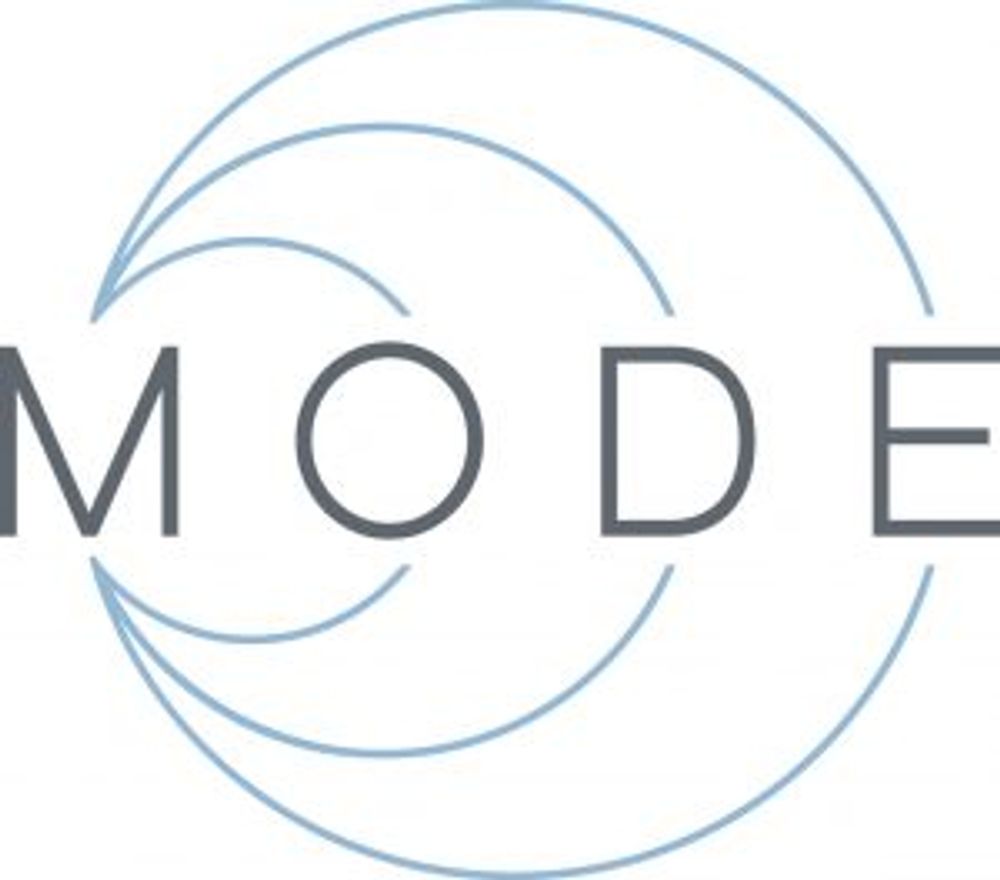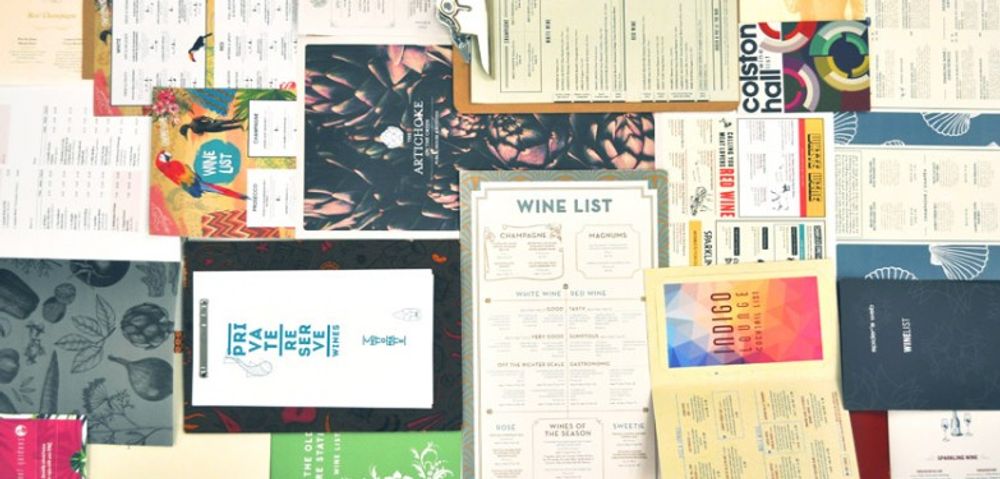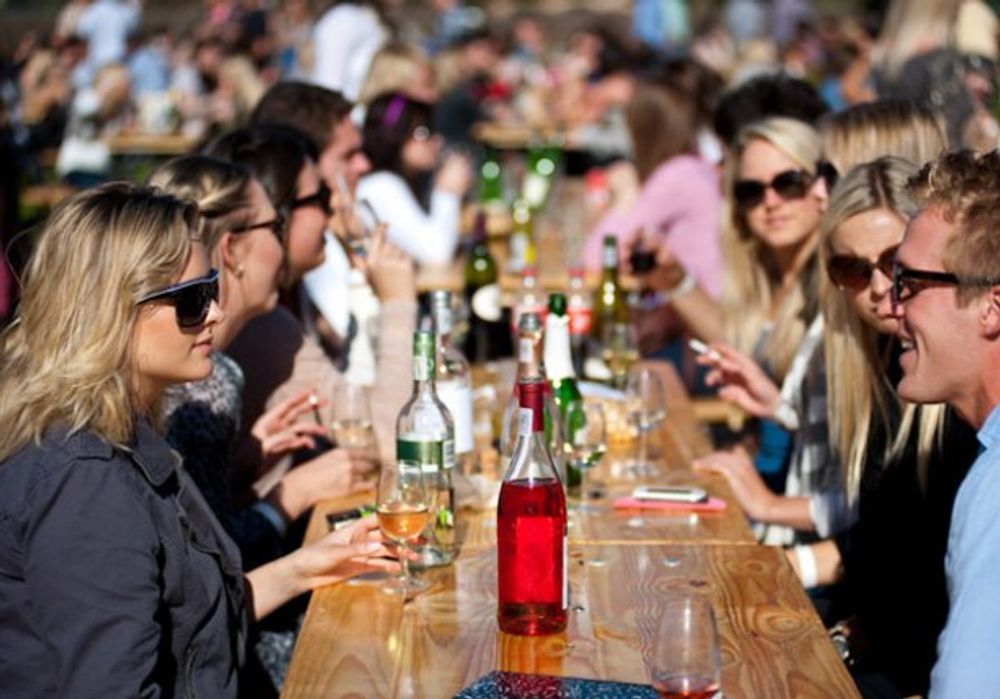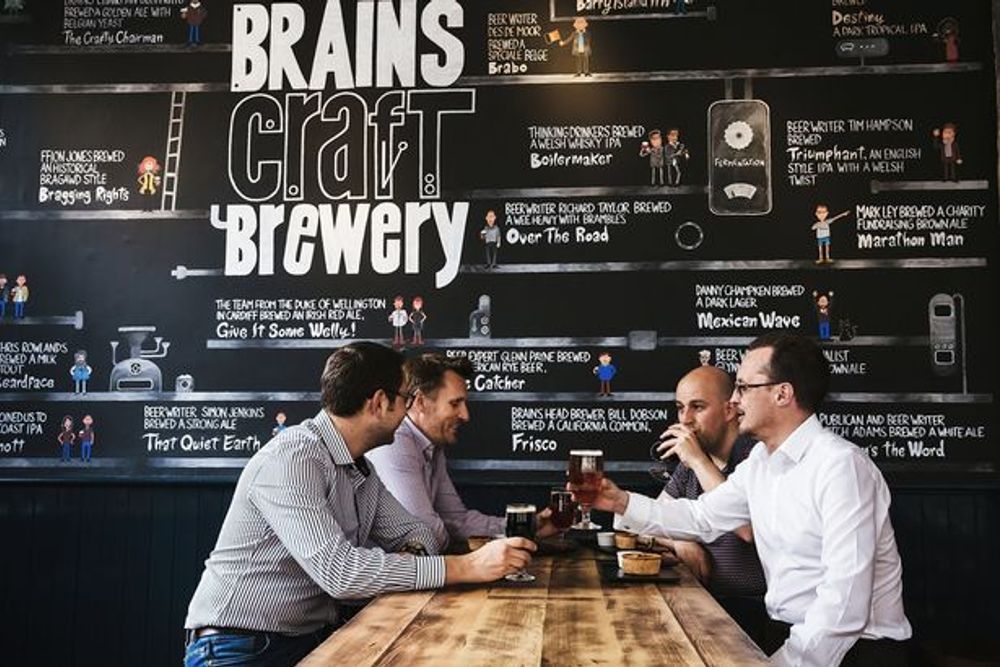Bibendum’s Alex Linsley on how it hopes it can predict the next Prosecco or Pinot Grigio boom to hit the UK wine market. |
One of the most exciting, interesting and captivating facets of the wine industry is how it is constantly changing, developing and evolving. What was fashionable to drink last year, is probably not flavour of the month this year.
But trends, or fads, by their very nature are very hard to plot or predict. Particularly in wine where so much of the market is also influenced by climate, and the size of different grape vintages around the word. After all it does not matter if a particular style of wine is in red hot demand if there is simply not enough of it around to supply the market.
Which is why the wine trade is surprised, caught off guard even, by what particular wines suddenly take off. Neither Pinot Grigio or Prosecco, for example, were wine styles being championed by large parts of the wine industry before they took off with wine drinkers. If consumers drank what the wine trade wanted to them to then our shelves would be full of Rieslings, and cold fermented wines from Alsace.

Bibendum is constantly looking at new ways to understand wine drinkers
Bibendum, however, believes it is now in a position to start making confident predictions about what it sees are going to be the next big thing on wine lists and in drinkers’ gasses in the on-trade at least.
It is a bold claim, but if any company in the UK wine industry is capable of making it then Bibendum, with its long track record of consumer insights, is well placed to do so.
It claims to have created “a new, cutting edge data tool to capture on-trade wine trends as they emerge”.
Real time predictions
Crucially it says its future predictions will be made not just on historical sales data, but real time analysis of what is being listed and what is being bought off wine lists across all different channels of the on-trade.
That, it believes, will then help the company “pick up nuances on how the industry is developing” before they become full blown trends in their own right.

Bibendum’s new trends tracker: Mode
Alex Linsley, head of insights at Bibendum (and pictured) told The Buyer that the new system, known as Mode, is the culmination of two years work focused on getting closer to what consumers are really thinking about wine and the kinds of wines they want to drink.
The critical factor was to help the business base its future buying decisions not just on what has been selling well. “You can’t assume that they will sell well in the future,” stresses Linsley.
It has meant bringing different aspects of its insights work together. From face to face consumer focus groups, detailed surveys, or taste test studies. “There are a lot of elements to it,” he explains.
But by looking at all aspects of consumer behaviour Linsley believes it will help the company identify the niche trends and interest areas that are more likely to “develop and evolve across drinks”.
What it is particularly careful not to do, however, is to pay too much attention to trends that might be hot with the hipster crowd in cocktail and wine bars in Shoreditch, and then assume those trends are the ones that are going to go in to the mainstream.
Instead it is more focused on identifying the bigger trends that are likely to influence a wider range of ages and demographic groups, says Linsley.
“It means doing an awful lot of systemic and qualitative analysis on the type of wines that are appearing on wine lists across all channels be it wine bars, top restaurants or cocktails bars,” says Linsley.
Test, test and test again

Wine lists: the bread and butter of Bibendum’s insights team
But it does not just use that as the soul basis of its findings. They are simply the starting point. It will then go and sense test the types of wine it is identifying against all its other consumer studies and analysis and then also check against its own sales data.“We want to verify what we are seeing,” he explains. “To ensure the trends we are seeing are statistically valid.”
He adds: “We can then map those those against our focus group research, for example, and sales data. So we are capturing a trend we are seeing through Mode and then cross checking it by analysing them against our other elements.”
Only by doing all that does it then have the confidence to pin point a specific trend to get excited about. But he believes they are certainly at that point now, which is why the Mode programme has been officially launched to the trade.
Business benefits
The findings clearly have major business benefits for Bibendum and its customers. It can, for example, help them make genuine real time decisions about the wines they should be stocking. The wines that are going to become increasingly popular.
Linsley points to the demand for Pinot Noir as being a good example of how Mode is working in practice. Yes, consumer demand for Pinot Noir is nothing new, but its Mode analysis shows that this is a trend that is not only going to continue, but that drinkers are going to become more interested in discovering new wines, trying different styles, with New World and South African Pinot Noirs likely to be the stars of the future.
“We have confidence that this is a trend that still has enough energy to keep it run and a trend that is still worth getting exciting about and talking about with customers,” he explains.
Similarly its Mode analysis is producing good things for white Rioja. “They keep popping up on lists,” he says.
Demographic analysis

Careful consumer demographic analysis also helps Bibendum plot future trends
Bibendum’s insight team also looks closely at the type and age of consumer that are drinking the wines they think are going to become trends in their own right. It means, for example, putting a particular focus on those wine drinkers in their late 20s and early 30s. They are the most likely to be out and about eating and drinking across a number of different styles of restaurant and bar. But with the caveat that they may be trends that are picked up by older consumers.
There will be an opportunity to see Mode in action at Bibendum’s Autumn tastings. It has been used, along with its other trends analysis tools, to help determine the product line-up it will be showing trade buyers.
For example, there will be a focus on ‘Forgotten Regions’ such as Jurancon, Etna and Minervois; alternative sparkling wines from different French regions, England and the New World; premium South Africa; and, as Linsley highlighted, a particular look at different Pinot Noir styles highlighting the trend towards New World Pinot.
Future analysis will be a greater focus on how wines are being presented and marketed to consumers on wine lists and in different outlets. He believes the trade could be doing a lot more to really get behind the wines that drinkers knowingly, or unknowingly, want to drink.

Pubs and bars are far more up front about their craft beer ranges than they are their unusual wines
He says you only have to look at how well craft beer has been promoted and pushed by pubs and brewers. Compare that to say how biodynamic or natural wines are often highlighted on a list, with a subtle asterisk and a small note on the back page explaining what they are. “There is a lot of work to be done on how wine is being presented and talked about.”
Work that Bibendum is clearly a long way down the road in doing.































